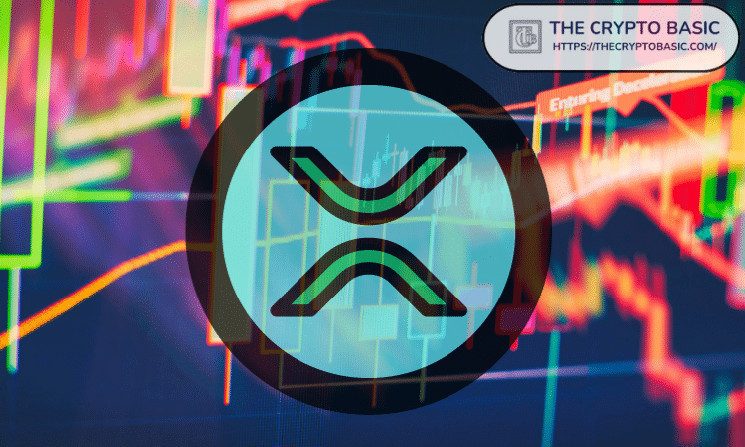The price of XRP in the XRP/USDC pool has dropped to $0.34 worth of USDC, as market participants continued to make single side deposits shortly after the XRPL AMM launched.
The XRPL ecosystem has finally welcomed a native automated market maker (AMM) functionality after two years of exploring the idea. While the advent of the AMM presents immense opportunity for market participants and builders alike, its risks are worth considering.
One such risk comes from single-sided deposits to liquidity pools, which could drastically impact the price of one of the pool’s assets. Data spotlighted by XRPL validator Vet indicates that some market participants are already making this mistake hours after the AMM launched.
Shortly after the launch, Vet confirmed that the XRPL has already welcomed 10 AMM pools, with nine of them hosting XRP. This number has since increased to 119 as of press time, marking a 1,090% growth in under 24 hours.
Already 10 XRPL AMM Pools with 9 Pools have XRP on one side. https://t.co/Y0YTrOWy1n pic.twitter.com/AJZi60ghMu
— Vet 🏴☠️ (@Vet_X0) March 22, 2024
A Surge in XRP Single-Sided Deposits
However, a subsequent disclosure from Vet suggested that market participants had started depositing only XRP to the pools that contain XRP. For context, all AMM pools contain two assets. The aim of the pool is to provide liquidity for traders to trade both assets in a decentralized manner.
One such pool is the XRP/USDC pool, which has featured prominently since the AMM functionality went live. Notably, users who deposit their XRP or USDC to the pool function as liquidity providers, receiving LP tokens and rewards for their contributions.
These liquidity providers ought to deposit XRP and USDC equally to the pool to provide liquidity for both assets. Nonetheless, it appears market participants only chose to deposit XRP tokens into the pool, resulting in sustained single-sided deposits.
Single-sided deposits carry potential risks, including increased exposure to asset volatility, potential for impermanent loss, and possible slippage or price impact. The influx of single-sided deposits to the XRP/USDC pool triggered a price impact that dropped XRP’s value.
XRP Drops to $0.34 in USDC
The single-sided deposit of XRP tokens substantially increased the supply of XRP in the liquidity pool without a corresponding increase in USDC or demand for XRP. This imbalance led to a decrease in the price of XRP within the pool as the AMM algorithm adjusted to maintain equilibrium based on the relative quantities of the two assets.
As a result, XRP first collapsed to $0.43 worth of USDC, as spotlighted by Vet on X. With the single-sided deposits continuously increasing XRP’s supply, the token further slumped to $0.34 in the XRP/USDC pool.
For some reason people keep single side depositing XRP into pools driving the XRP/USDC price on the AMM down to $0.34 per XRP.
It seems some platforms don’t warn their users before single side depositing so they keep doing it. (h/t @_tequ_ ) https://t.co/g3YAQUYvfH pic.twitter.com/Z6txUSQZ3O
— Vet 🏴☠️ (@Vet_X0) March 23, 2024
While the sudden increase in XRP liquidity has the potential to trigger higher slippage for trades involving XRP in the pool, some market participants aimed to leverage the lower price of XRP within the pool as an arbitrage opportunity. They could buy XRP cheaply from the pool and sell it at a higher price in other markets.
However, the challenge to this arbitrage opportunity is the low liquidity for USDC in the pool. It bears mentioning that Circle has not deployed native USDC on the XRPL. As a result of this, market participants would need to procure wrapped USDC tokens from third-party protocols such as GateHub.
The inconvenience and risk associated with procuring USDC from third party platforms has led to reduced interest. Meanwhile, it appears the liquidity pool is balancing out, as the price of XRP has already recovered to $0.57 at the reporting time. XRP currently trades for $0.61 on Binance.

